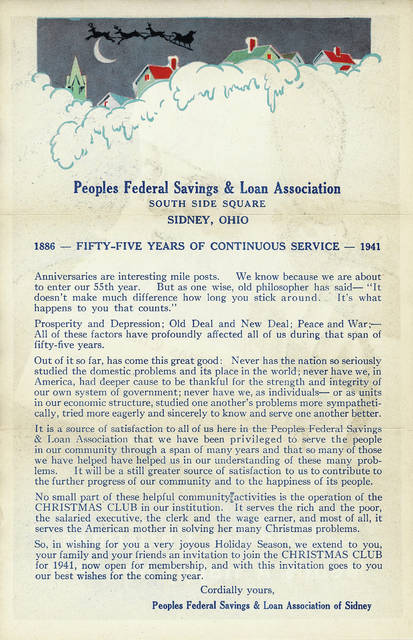
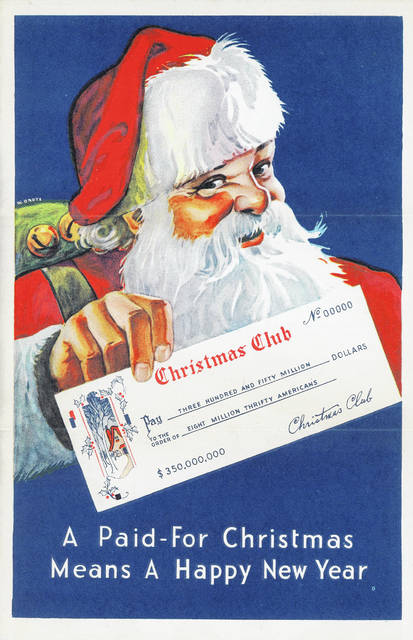
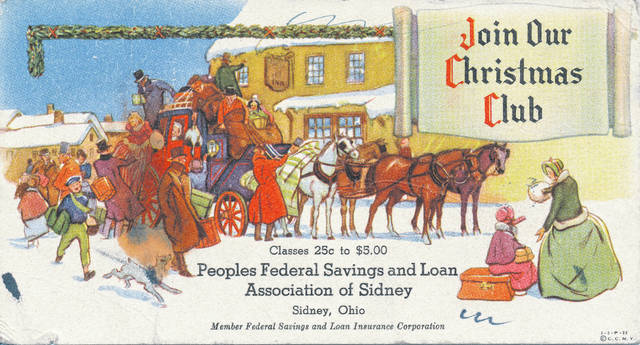
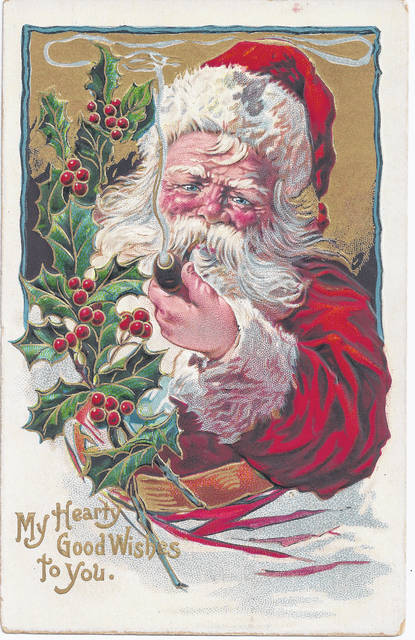
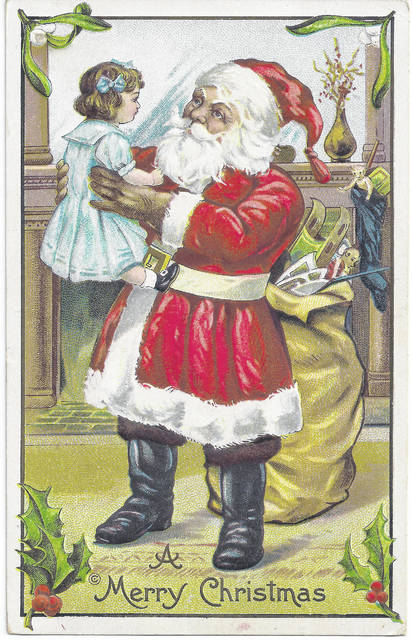
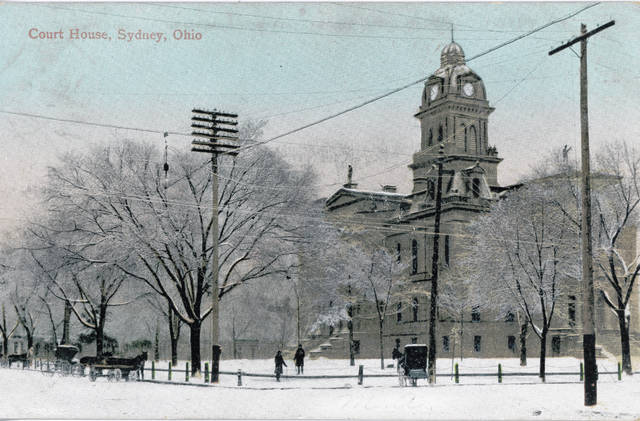
By mid-December, most homes will be decorated with Christmas trees and colored lights. The post office will handle more than 15 billion packages/cards in the three weeks before the holiday. Families will gather together to eat traditional foods, sing carols and enjoy each other’s company. People also consider the religious meaning to Christmas, which started in 400 AD, when Christians celebrated the birth of Jesus. ‘Christ’ means ‘Messiah’ (the title given to Jesus) and ‘Mass’ was a religious festival. Regardless of your nationality or religious beliefs, Christmas is traditionally a time of sharing, celebration and reflection with many of the things associated with this holiday, the sending of greeting cards, the image of Santa Claus and the use of the Christmas tree, are all traditions first started in the Victorian age.
Surprisingly, by the early part of the nineteenth century, Christmas had almost died out. The Times did not once mention the holiday between 1790 and 1835 and this held true in one of Sidney’s earliest newspapers, The Sidney Journal. In Shelby County, the Dinsmore township was organized in 1832 and the board of commissioners ordered the election to be held in the house of Joseph Green on Christmas day. Puritans believed that there was no room for merrymaking and in 1659, New England passed the law: “Whosoever shall be found observing any such day as Christmas…shall pay five shillings as a fine.” In Massachusetts, Christmas was not made a legal holiday until 1856.
Charles Dickens’ book ‘A Christmas Carol’ helped to bring the holiday back into popular favor. His tale of Scrooge was successful from its first printing and in 1843, the book was immediately sold out. The Sidney Journal noted in its December 6, 1867 issue that “Mr. Dickens gave his first reading in Boston of ‘A Christmas Carol’ before a most brilliant audience.”
Immigrants Create Christmas Customs
In early 1819, Shelby County had a population of less than 2,000 people and life was hard for the pioneers who focused on obtaining the bare necessities of life, rather than luxuries. Sidney’s original plat owner, Charles Starrett, who gave his land to local authorities for the sole purpose of starting a town, was an Irish immigrant, while the town of Sidney itself was named after an Englishman, Sir Philip Sidney. Out of every 100 immigrants, between 1820 and 1900, 35 were German, 33 were Irish and 15 were English, so it is no surprise that European holiday traditions were brought to this county by the pioneers.
Initially, Sidney’s earliest citizens would have spoken the language of their native country and as late as 1891, a newly formed newspaper publication, Shelby County Anzeiger, was printed entirely in German. There are many different ways to say Merry Christmas throughout the world and local settlers could have said: English – Merry Christmas and a Happy New Year; French – Joyeux Noel et Bonne Année!; German – Frohe Weihnachten und ein glückliches Neues Jahr! and Irish – Nollig Shona.
The Tree
In Rome, evergreen trees were thought to have special powers and were used for decoration. The modern-day Christmas tree got its start in 16th century Germany when city merchants carried a fir tree decorated with paper flowers through the streets on Christmas Eve. Following a feast, the tree was ceremonially burned.
A member of England’s royal family who really made the Christmas tree popular was the German husband of Queen Victoria. He decorated a large Christmas tree at Windsor Castle. In 1848, the Illustrated London News printed a full page drawing of their tree and the fashion quickly spread throughout Europe and then the United States.
The earliest mention of a Christmas tree in America is from a diary dated 1820 from Bethlehem, Pennsylvania. Many of those who settled in the area were from Germany.
Decorations
Victorians set up a large tree at Christmas and decorated it with lighted candles, candies and fancy cakes hung from the branches by ribbon and paper chains. They were trimmed with wax decorations pressed into the shape of angels and children. Cotton and wood ornaments were also used, with embossed paper faces, trimmed with buttons, powdered glass and gold paper wings. Homemade sweets, fruit, nuts and popcorn hung on many branches. These edible ornaments were eventually replaced in the 1860s with hand-crafted glass Christmas tree balls.
Legend has it that the founder of the Protestant Church in Germany was the first person to put candles on a Christmas tree after observing stars twinkling on a winter evening’s walk. He was so inspired by the sight that when he arrived home, he set up a tree and decorated it with candles.
The first candles were glued with wax or pinned to the end of the tree branches. Little lanterns and small candleholders then appeared to make putting up the tapers easier. Candleholders with clips appeared around 1890.
Three years after Thomas Edison invented the light bulb in 1879, an employee had Christmas tree lights made especially for him. Edison displayed his strand of 80 small electric tree lights at his home, creating quite the sensation, and by 1900, stores began putting up large illuminated trees to attract customers.
Because of the risk of fire from the candles, trees were not usually put up until December 24th. The technical innovation of electricity altered this custom and by 1927, General Electric introduced tiny bulbs that could be safely placed on the tree.
Christmas Cards
It was traditional for children to write holiday greetings to their parents in their very best handwriting. The custom of sending printed cards was started by Sir Henry Cole, who did not have the time to write letters to each of his relatives. In 1843, he asked an artist to design a card for him and those not used were then sold to the public. However, due to their cost, at one time it was acceptable to give a card as a Christmas gift.
Printing machines were invented so that cards could be printed faster and less expensively. The first American-made cards appeared in Boston in 1851. The Washington, D.C. postmaster complained in 1822 that he had to add sixteen mailmen at Christmas to deal with cards alone. He wanted the number of cards a person could send limited by law. “I don’t know what we’ll do if this keeps on,” he wrote.
Holly & Ivy
Holly is from the Old English word, ‘holen,’ and has been a favorite winter plant for thousands of years. It was believed that good spirits lived in its branches; sprigs were taken into homes for luck/prosperity and to keep away evil spirits. Victorian England hung bows of holly, ivy, and mistletoe on their walls and mantles. The holly and the ivy remain two of the most recognized symbols of the Christmas holiday, appearing on literally thousands of cards every year.
Carols
The word ‘carol’ comes from the ancient Greek word ‘choros’, which means dancing in a circle, and from the Old French word carole, meaning a song to accompany dancing. Originally the carol was not associated with Christmas and was not even a religious song, however, the fifteenth century saw a great increase in the writing and singing of Christmas carols. ‘O Come, O Come Emmanuel’ is the earliest carol, from the twelfth century and St. Francis produced the first Nativity scene in Italy. The friars sang joyful songs, and the result was so popular that both the traditional manger scenes and the singing of accompanying carols became a universal practice.
Santa Claus
Santa Claus is based on a real person, St. Nicholas, a Christian leader who had met a very poor man who did not have enough money for a marriage dowry for his three daughters, and the girls faced being sold into slavery. Nicholas wanted to help the unfortunate father, but didn’t want to draw attention to himself. Over three successive nights, he climbed onto the man’s roof and dropped a bag of gold down the chimney, enough for a dowry. St Nicholas delivered his gifts on December 6th and when the Dutch went to America, they took him along. His name was spelled ‘Saint Nikolaas’, then ‘Sinterklaas’ and finally, ‘Santa Claus.’
In America, the familiar image of Santa Claus was slowly created over time. In 1822, a professor wrote a poem ‘A Visit from St. Nicholas’ for his children. It was never meant for publication, however, a friend sent a copy to a newspaper and it soon became famous across the United States. A cartoonist began to illustrate the poem for Harper’s Weekly magazine in 1863. At first, he drew him as an elf, but gradually he became taller and fatter and his beard grew bushier. Santa Claus as he is known today, with white beard, red tunic, hat and trousers trimmed with white fur, was created by an American commercial artist for a 1931 Coca-Cola advertisement.
Dear Editor—-I am 8 years old. Some of my little friends say there is no Santa Claus. Papa says, “If you see it in The Sun, it’s so.” Please tell me the truth, is there a Santa Claus? This letter appeared in The New York Sun in 1897, and was reprinted annually until 1949 when the paper closed. In short, the Editor replied: “Virginia, your little friends are wrong…Yes, Virginia, there is a Santa Claus. He exists as certainly as love and generosity and devotion exist, and you know that they abound and give to your life its highest beauty and joy. Nobody sees Santa Claus, but that is no sign that there is no Santa Claus. The most real things in the world are those that neither children nor men can see.”
Letters to Santa Claus
Prior to Christmas, The Sidney Daily News published letters from area children written to Santa Claus in 1900. The kids deposited them in special boxes set up in the news office and Wagner’s Arcade, a shopping spot in downtown Sidney.
“Please bring me a doll and a bed for it and a sled and a little dresser and a little cupboard. I live on Ohio street in a big white house,” wrote Ruth Shaw. Sidney’s John Gattes tells Santa that, “I am a good boy when I am asleep.” “I carry milk and go up town for my mamma,” Anna Weinschenk pens while Ethel Carper reminds: “Now don’t forget I live on Wilkinson avenue, second door south of Oldham’s flat.” Clyde Calhoun asks: “I am in the second grade, Central building. I want an air gun.”
Margarite Leeds states, “Dear Santa Claus, Mamma said I should have a thinking cap,” while her brother George asked for a horn, “like the one Mr. Worrell plays in the band,” mentioning Sidney’s famous band leader, B.O. Worrell. “I would like to have a little cook stove and cooking utensils such as I have seen in the show window at the Novelty. Please do not forget to come. I live on north Walnut avenue,” wrote Mary Vocke. The Novelty (a store), established just a few years before on the east side of the square, “embraced almost everything except groceries,” according to The Sidney Daily News.
A granddaughter of Byron Joslin, a Civil war veteran, recalls that her grandfather would ride to Sidney on the streetcar from where he lived with his son on Millcreek Road to visit with family and friends. On Christmas Day, he would give each grandchild a silver dollar.
Local resident Lefty Bevans recalled his Christmas experiences while residing at the Shelby County Children’s Home from 1937-1945. “At Christmas time we got so much fruit and candy that Mr. and Mrs. “Chesty” Berger decided to save their gift until summer…We would write down three things that we wanted, such as a sled, pocket watch, roller skates, or skis. If your sled was broken you asked for a new one. We took the old broken sled apart and used it to fix up other ones, so that everyone had a good sled.”
With Christmas fast approaching, let us reflect upon the words of Norman Brooks, “Christmas is forever, not for use one day, for loving, sharing, giving, are not to put away, like bells and lights and tinsel, in some box upon a shelf. The good you do for others is good you do yourself.” From ‘Let Every Day Be Christmas.’







